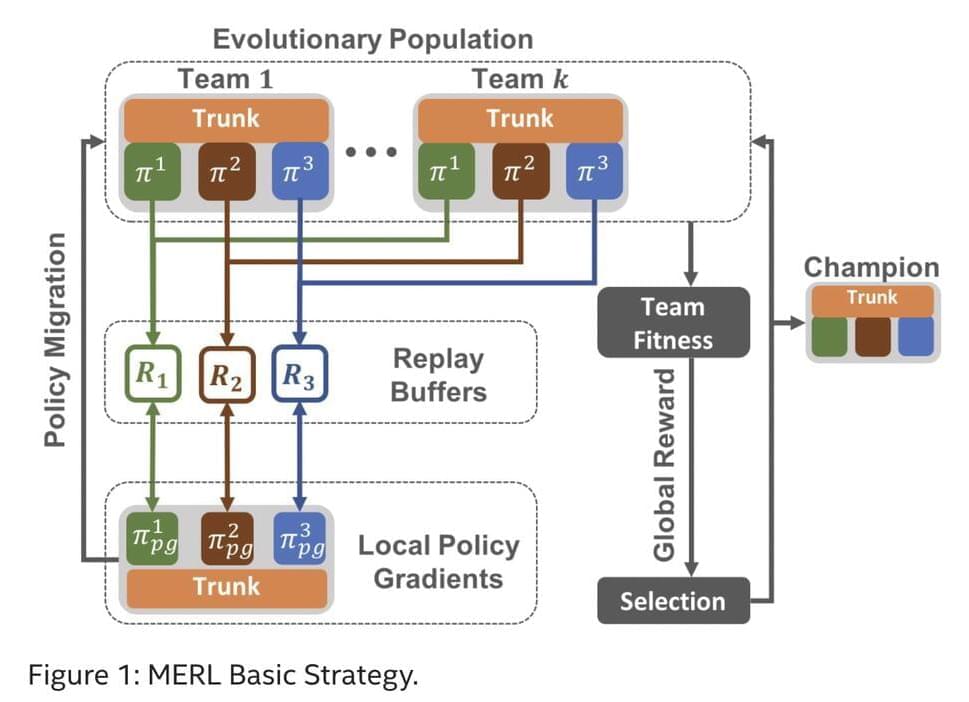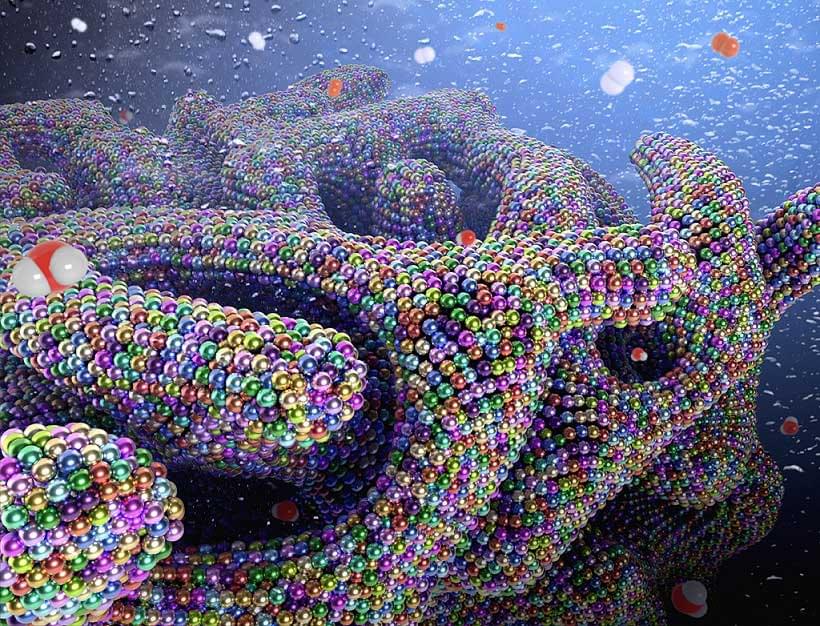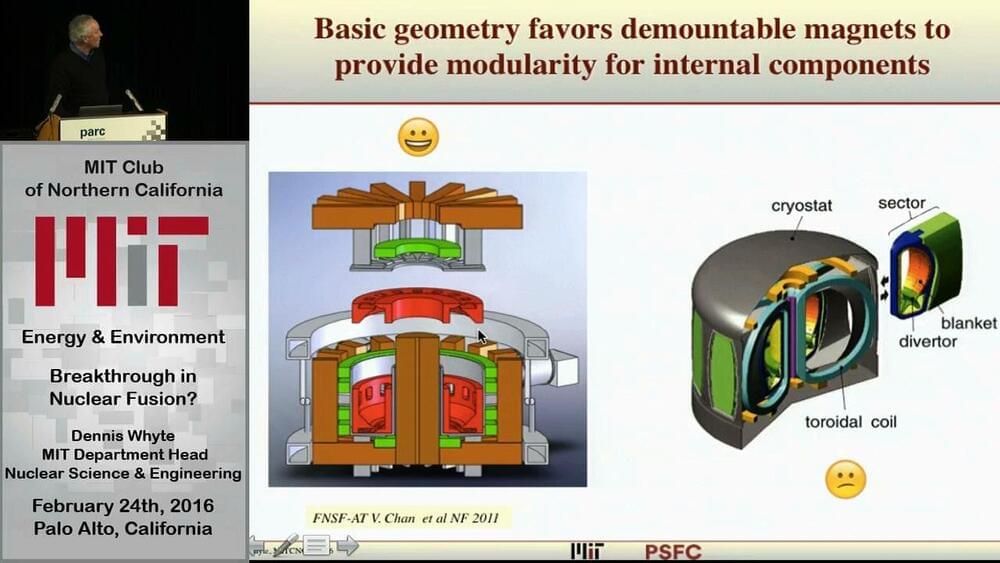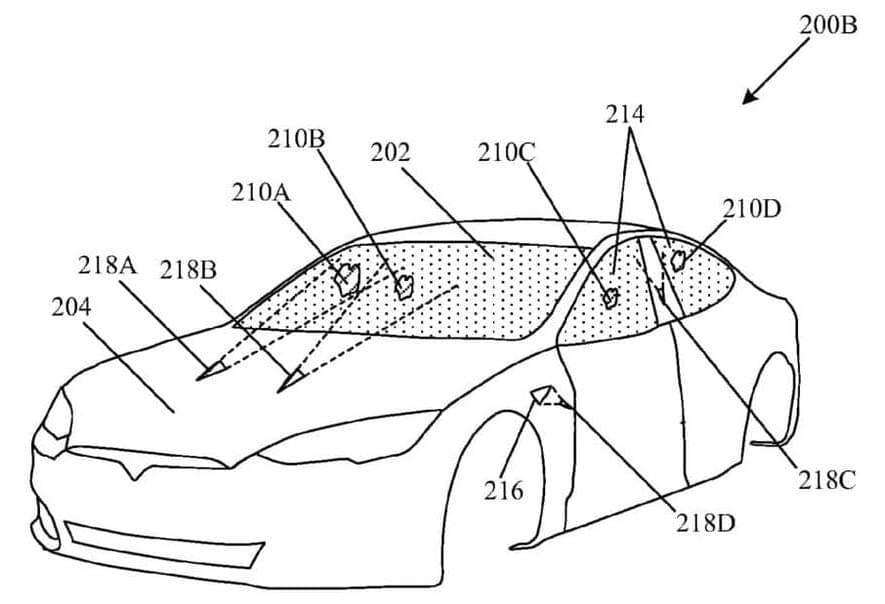Sep 20, 2021
Abductive inference: The blind spot of artificial intelligence
Posted by Genevieve Klien in categories: innovation, robotics/AI
Welcome to AI book reviews, a series of posts that explore the latest literature on artificial intelligence.
Recent advances in deep learning have rekindled interest in the imminence of machines that can think and act like humans, or artificial general intelligence. By following the path of building bigger and better neural networks, the thinking goes, we will be able to get closer and closer to creating a digital version of the human brain.
Continue reading “Abductive inference: The blind spot of artificial intelligence” »

















